The 9 most interesting transplants
The 9 Most Interesting Transplants
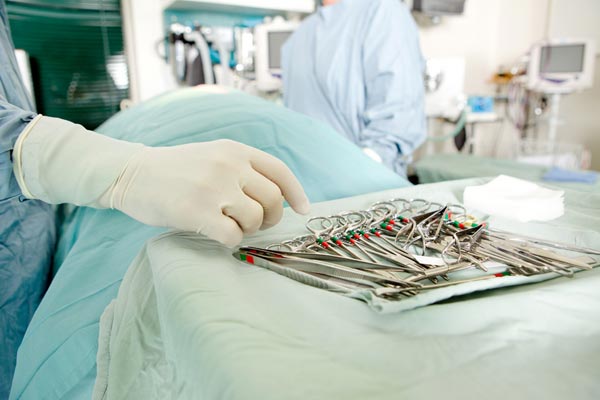
The first human organ transplant successfully completed in the modern age was a corneal transplant in 1905. Since then, doctors and surgeons have performed many types of transplants, including those of reproductive organs and limbs, forever changing the lives of their patients.
Here's a look at nine of the most interesting transplants ever done.
First successful womb transplant

On Aug. 9, 2011, doctors at the Akdeniz University Hospital in Turkey transplanted the womb of a deceased woman into Derya Sert, a 21-year-old woman who was born without a uterus.
"The surgery was a success ... But we will be successful when she has her baby," micro-surgeon Dr. Omer Ozkan, who was part of the surgical team, said in statement.
According to her doctors, Sert has been menstruating normally since the operation, and is on drugs to suppress her immune system so that her body won't reject her new organ. Doctors will need to implant embryos into Sert's new womb in order for her have a child.
Scientists have previously shown that animals, such as dogs and sheep, can become pregnant after being transplanted with a new uterus, but such a feat in humans remains to be seen. In 2000, doctors in Saudi Arabia tried to transplant a uterus from a living donor to a woman, but the womb had to be removed 99 days later, after the recipient experienced heavy blood clotting.
Other women around the world are also hoping to get uterus transplants for example, last year a British woman pronounced that she would donate her uterus to her daughter.
Ovary transplants
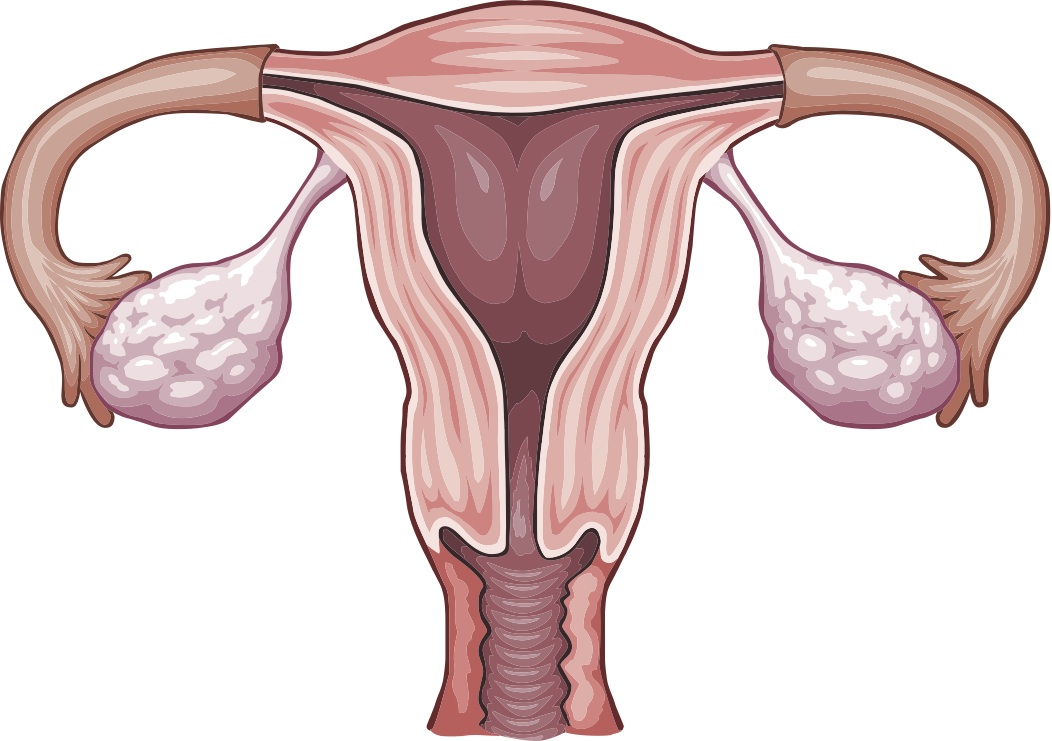
Though it remains unproven whether a woman can become pregnant after a womb transplant, the same cannot be said for an ovary transplant.
In 2007, doctors at the Infertility Centre of St. Louis, Mo. took the right ovary of Dorothee Tilly and transplanted it into her twin sister, Susanne Butscher, whose own ovaries had stopped producing hormones and eggs after she went through early menopause at age 15.
Butscher, who received the world's first whole ovary transplant, gave birth to a healthy baby girl a year later.
Also in 2007, Danish doctor Claus Yding Andersen showed that a woman could give birth after being transplanted with her own ovarian tissue. Her patient, Stinne Holm Bergholdt, had ovarian tissue removed and frozen prior to receiving cancer treatment, and Andersen replaced the strips of ovarian tissue after Bergholdt was cured of cancer. Bergholdt later had two children a year apart, the first with the aid of fertility treatments, and the second without.
"It is an amazing fact that these ovarian strips have been working for so long, and it provides information on how powerful this technique can be," Andersen told Reuters.
Penis transplant

Surgeons in China completed the first and only penis transplant ever reported in 2006. While the operation was a success, doctors removed the organ 15 days after surgery because the penis recipient and his wife suffered severe psychological distress, the medical team reported in the journal European Urology.
The 44-year-old man who received the transplanted penis lost his own penis in an accident, leaving him with a stump less than half an inch long. He was unable to urinate standing up, or to have sex. His doctors gave him the organ of a 22-year-old brain-dead man, whose parents donated his penis.
After 10 days, the patient was able to urinate normally. However, his new penis had a swollen shape and his wife couldn't psychologically handle the change they ultimately decided to have it removed, the doctors said.
"We think that, although we had done as much extensive research as we could preoperatively, what happened after the operation was still beyond our and the patient's imagination, because this was the first attempted transplantation," they wrote in their report.
Related: Can a transplanted penis work like the original?
Six-organ transplant
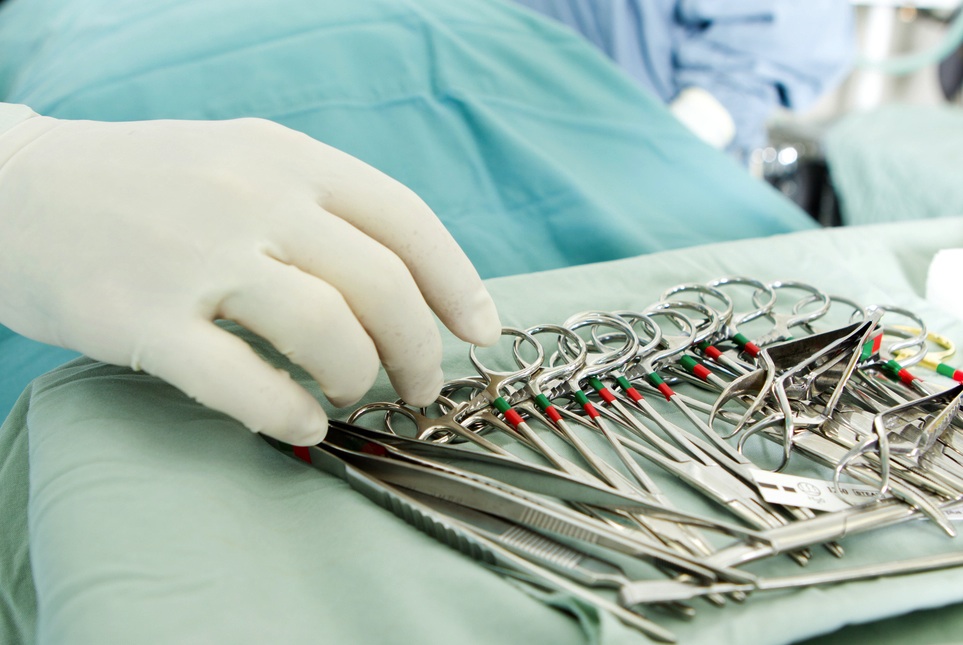
In 2008, doctors determined that 5-year-old Alannah Shevenell, of Maine, had a massive abdominal tumor, with finger-like tendrils stretching from organ to organ. They surmised that the only way they could save the child was to remove the tumor and all affected organs at once. The procedure had a 50 percent chance of killing Shevenell.
In October of last year, doctors went through with the surgery after finding a suitable donor they removed the tumor and gave Shevenell a new stomach, liver, spleen, small intestine, pancreas and part of an esophagus, according to the Associated Press.
The procedure is believed to be the first-ever esophageal transplant, and the most organs transplanted into a child at one time in New England, possibly the world.
After three months in the hospital, Shevenell, now 9 years old, returned home, but her journey back to full health isn't over. She currently has a severely weakened immune system, so she must take a lot of medications, maintain a restrictive diet and avoid being around large numbers of people.
Double-limb transplants

New Zealand's Clint Hallam lost his hand in a saw accident while he was incarcerated, and he later became the first recipient of a transplanted hand in 1999. Although Hallam requested to have his new hand removed a few years later when he became "mentally detached" from it, the success of his procedure opened the door for other limb transplants, including double limb transplants.
Last September, Richard Mangino, a 65-year-old quadruple amputee, received two hands in a double transplant procedure. Before receiving his new hands, Mangino prayed for the ability to feel his grandsons' skin and hair, according to Reuters.
In addition to hands, surgeons have transplanted full arms and legs, and performed procedures where two limbs were transplanted at once. Last year, a patient in Spain underwent a double leg transplant ; in 2008, a farmer in Germany received two new arms, the BBC reported.
However, double transplants seem to currently be the limit. This past January, Turkish doctors performed the first-ever triple limb transplant two arms and one leg but the new leg had to be removed because of tissue incompatibility. A month later, a quadruple transplant in Turkey also failed: Doctors removed one of the patient's new legs after his cardiovascular system couldn't sustain the limb; they removed his other transplanted limbs shortly afterward.
Toe-to-thumb transplant

Your thumb is an indispensible digit, necessary for skillfully gripping objects; your big toe, on the other hand, is useful for little more than balance. It comes as no surprise, then, that people willingly give up their big toes if it means they can regain a "thumb."
Harry Buncke, the so-called Father of Microsurgery who died in 2008, performed the first big-toe-to-thumb transplant on a rhesus monkey in 1964. Building on Buncke's work, John R. Cobbett performed the first such human transplant at the Queen Victoria Hospital in England in 1968, and published a report of his work in the Journal of Bone & Joint Surgery, British Volume.
Since then, doctors have performed many similar transplants around the world.
The procedure involves reattaching bone, nerves, arteries, tendons, ligaments and skin of the big toe to the hand. Patients normally go through a period of learning to rebalance, and figuring out how to shift their weight on to the balls of their feet, rather than their big toes.
While the transplant provides a new working thumb, the result isn't always pretty. Last year, James Byrne, an Irish craftsman who lives in the UK, accidentally cut his thumb off and had his big toe transplanted in its place. He told the Irish Independent that his new digit looks "like a cartoon thumb that has been hit by a mallet," but he added that the aesthetics don't bother him, and he's just happy he can now do his job.
60-Person kidney transplant chain

In February, after four months and 60 operations, the world saw the end of the longest transplant chain ever: 30 patients received kidneys from 30 living donors.
Chain 124, as it's been labeled by the National Kidney Registry, began with Good Samaritan Rick Ruzzamenti, who decided to donate his kidney to a complete stranger, expecting nothing in return. According to the New York Times, that stranger's niece had initially wanted to give her kidney to her uncle, but their blood types didn't match. So, in exchange for her uncle's gift, she donated her kidney to another woman in need of the organ. That woman's ex-boyfriend donated his kidney in exchange for hers, and on the chain went in a domino-like fashion, with kidneys flying back and forth across the U.S., until 30 people had new organs.
Such atransplant chain, or "domino transplant," is built on trust, and can easily fail if someone reneges on his or her promise to donate this nearly happened several times, the New York Times reported.
While Chain 124 is the longest domino transplant, it's not the first. Doctors at Johns Hopkins Hospital are often credited with pioneering the procedure, when they conducted a six-person kidney swap in April 2008. A year later, the hospital joined with others to complete a domino transplant involving 16 patients and 8 kidneys.
Most extensive face transplant to date
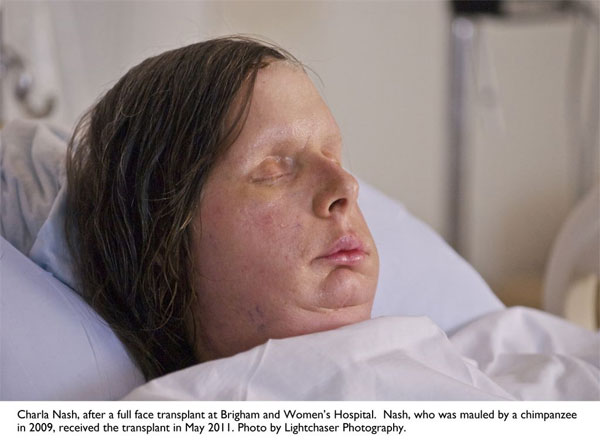
Last month, surgeons performed what seems to be the world's most extensive full-face transplant ever completed.
Richard Lee Norris of Hillsville, Va., lost his lips and nose in a gun accident in 1997. Doctors at the University of Maryland transplanted a donor's upper and lower jawbone, teeth, a portion of the tongue, and facial tissue on to Norris, in a 36-hour procedure.
Within a week of his transplant, 37-year-old Norris, who had been wearing a mask since his accident, could perform activities such as shaving and brushing his teeth, and is recovering quicker than expected, his surgeons said.
Dr. Seth Thaller, professor and chief of plastic surgery at the University of Miami Miller School of Medicine, who was not involved in the operation, told MyHealthNewsDaily in a previous interview that there have been 22 face transplants performed worldwide, most of which didn't transplant teeth and bone.
Norris' transplant was much more substantial. "Basically, they've restored the entire facial function and form," Thaller said.
Fully synthetic organ transplant
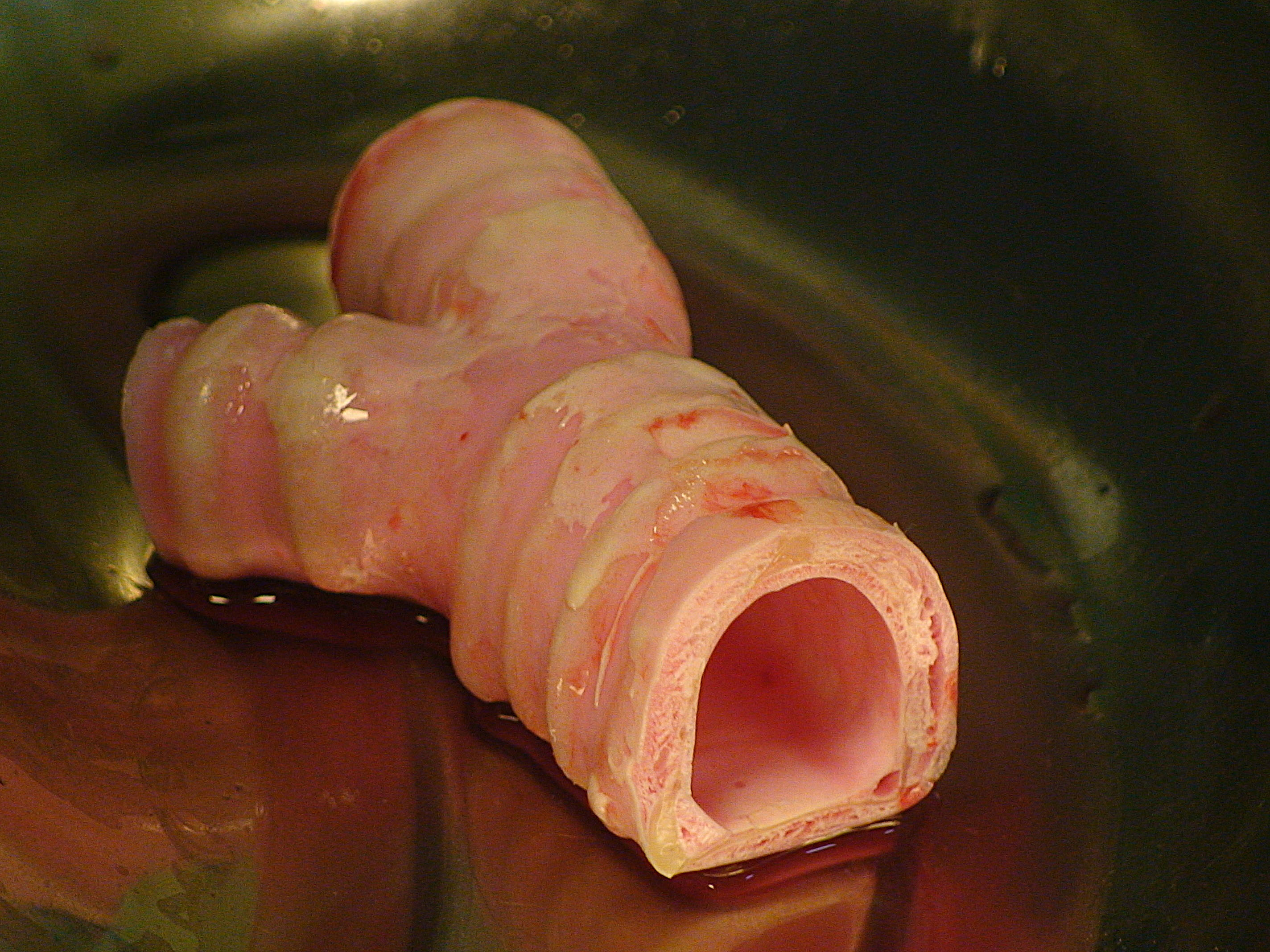
In the years to come, using donated organs for transplants may become a thing of the past. Last year, Swedish surgeons transplanted the first fully synthetic organ a trachea into a man with tracheal cancer.
To create the trachea, researchers engineered a windpipe-shaped scaffold out of a porous polymer, and lined it with stem cells from the patient's bone marrow. The cells formed tissues around the scaffold within just a few days, and because the synthetic organ was made from the patient's cells, doctors didn't need to administer immunosuppressant drugs to prevent rejection.
Previous trachea-transplant techniques required doctors to first acquire a donated windpipe, strip it of its of cells, and then regrow tissue with a patient's bone marrow stem cells.
Scientists involved with the synthetic trachea noted that the same technique could be used to someday replace other organs, such as the heart or kidney, though this likely won't happen any time soon because those organs are much more complex than the trachea.
Follow MyHealthNewsDaily on Twitter @MyHealth_MHND . Find us on Facebook.
Sign up for the Live Science daily newsletter now
Get the world’s most fascinating discoveries delivered straight to your inbox.











